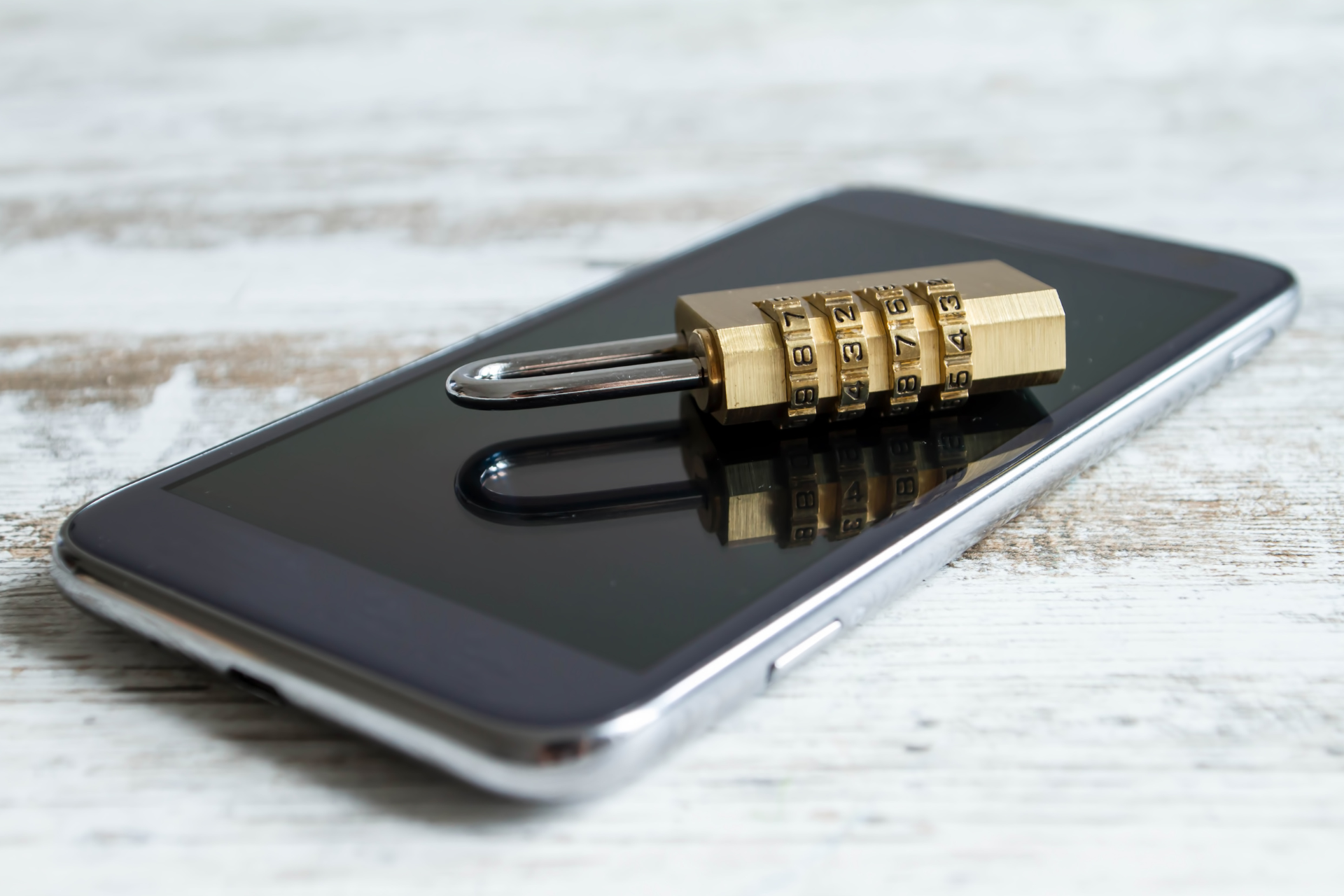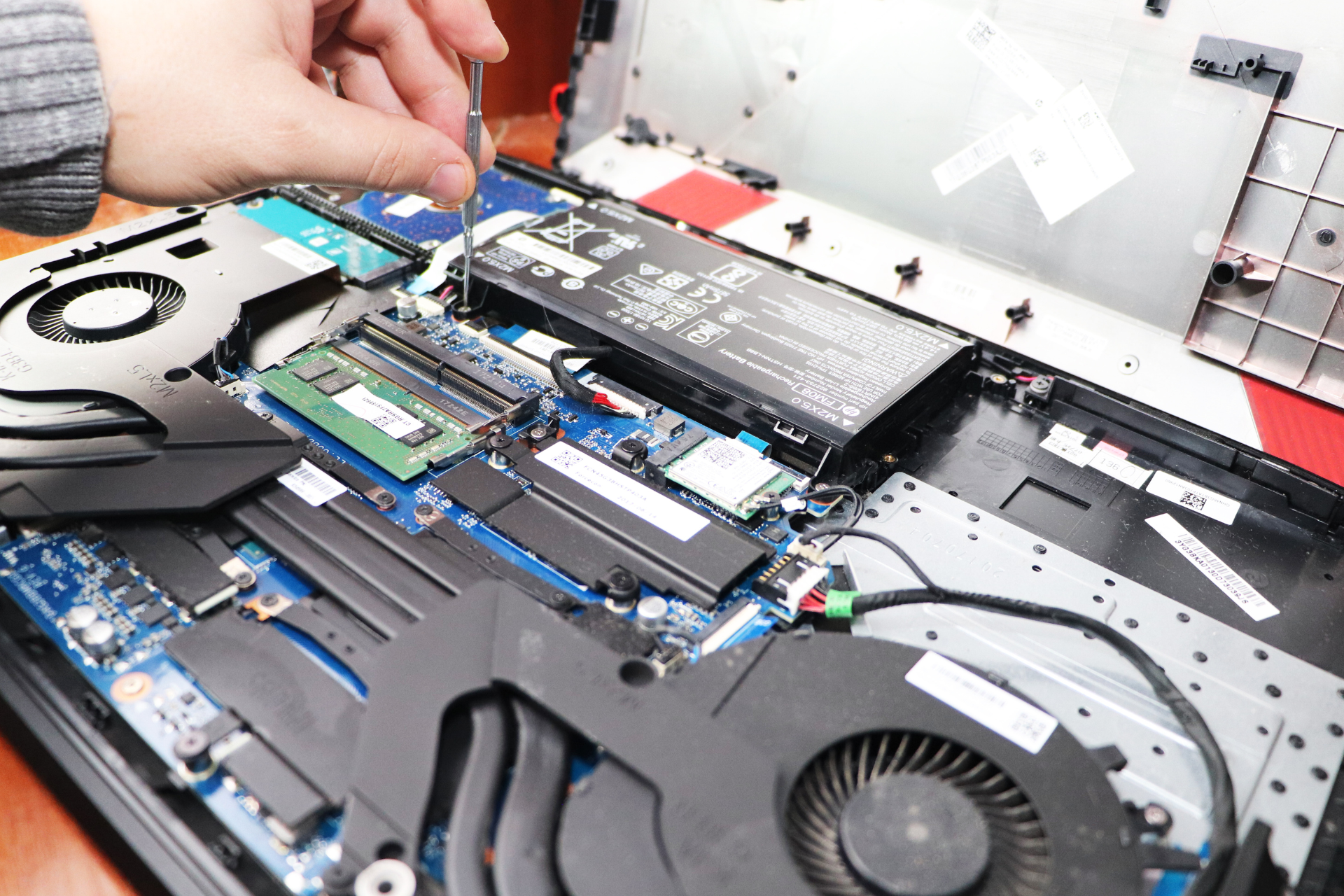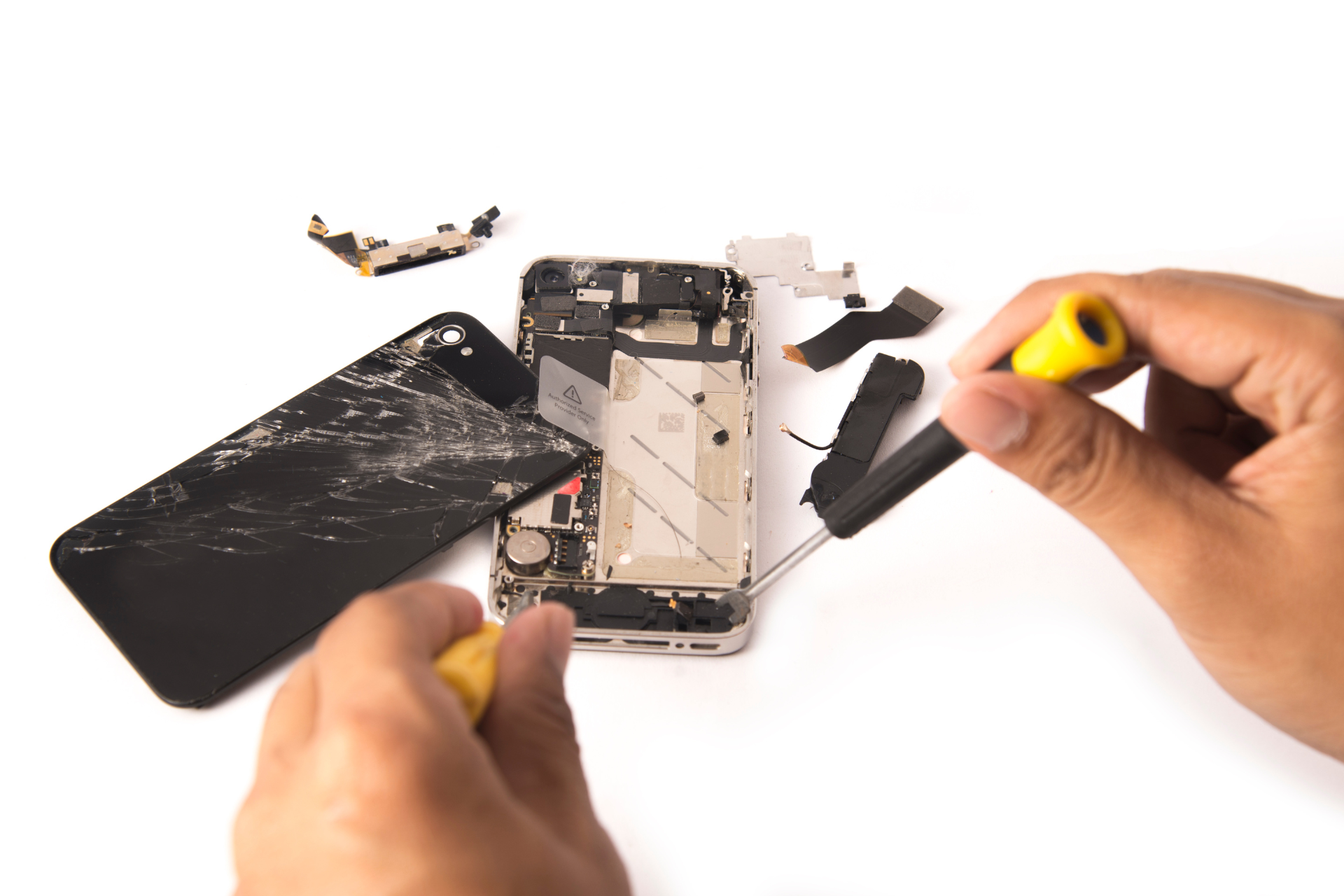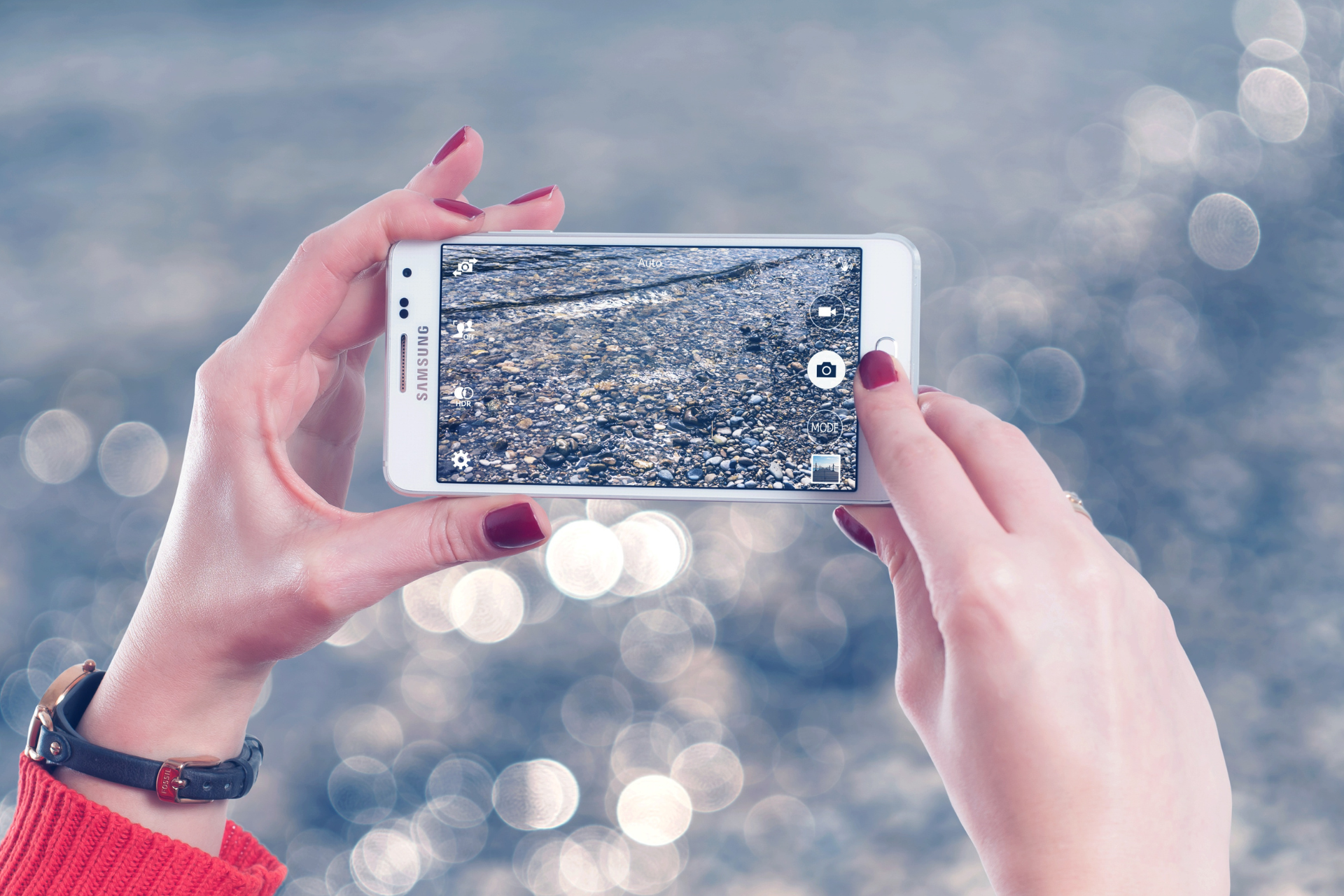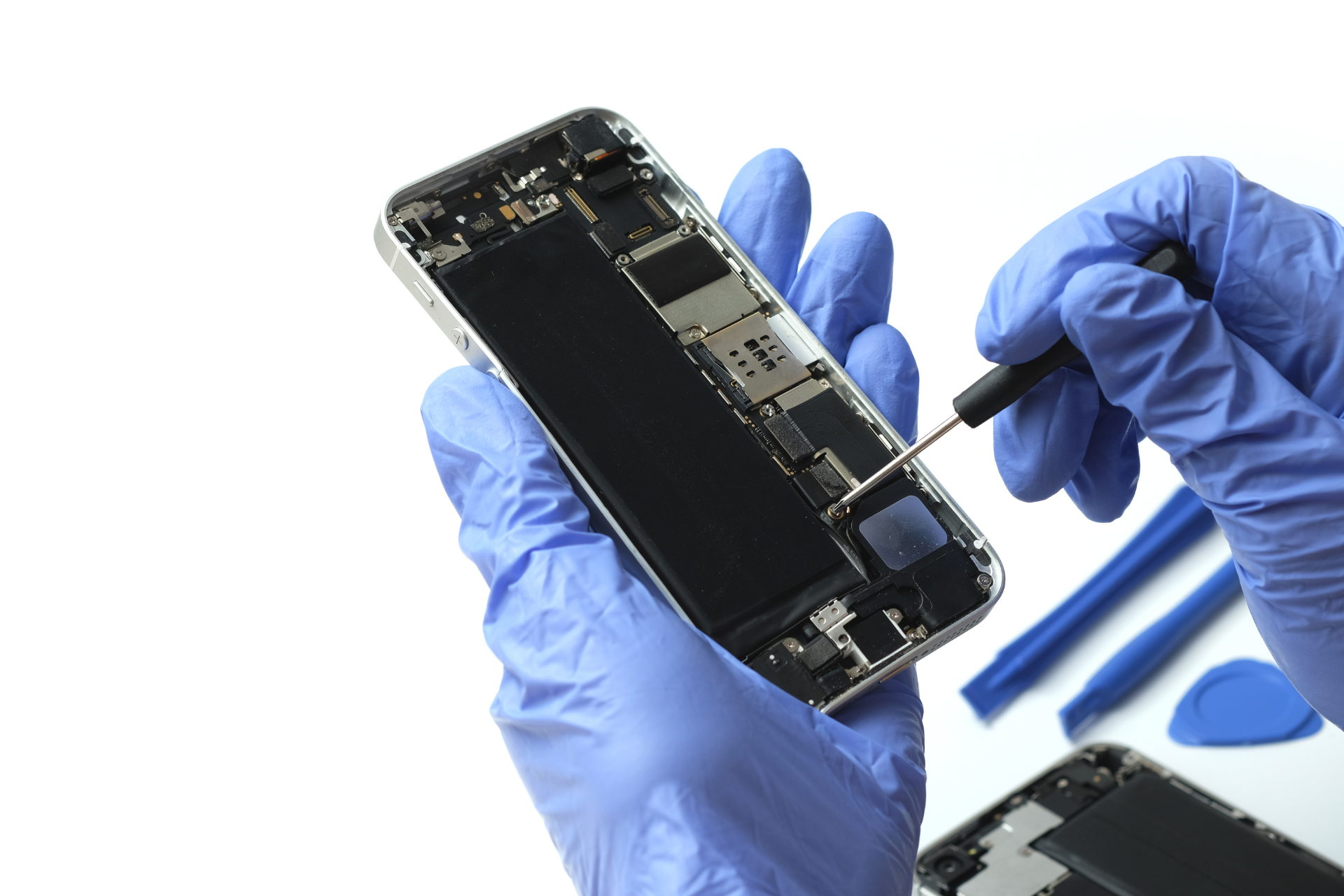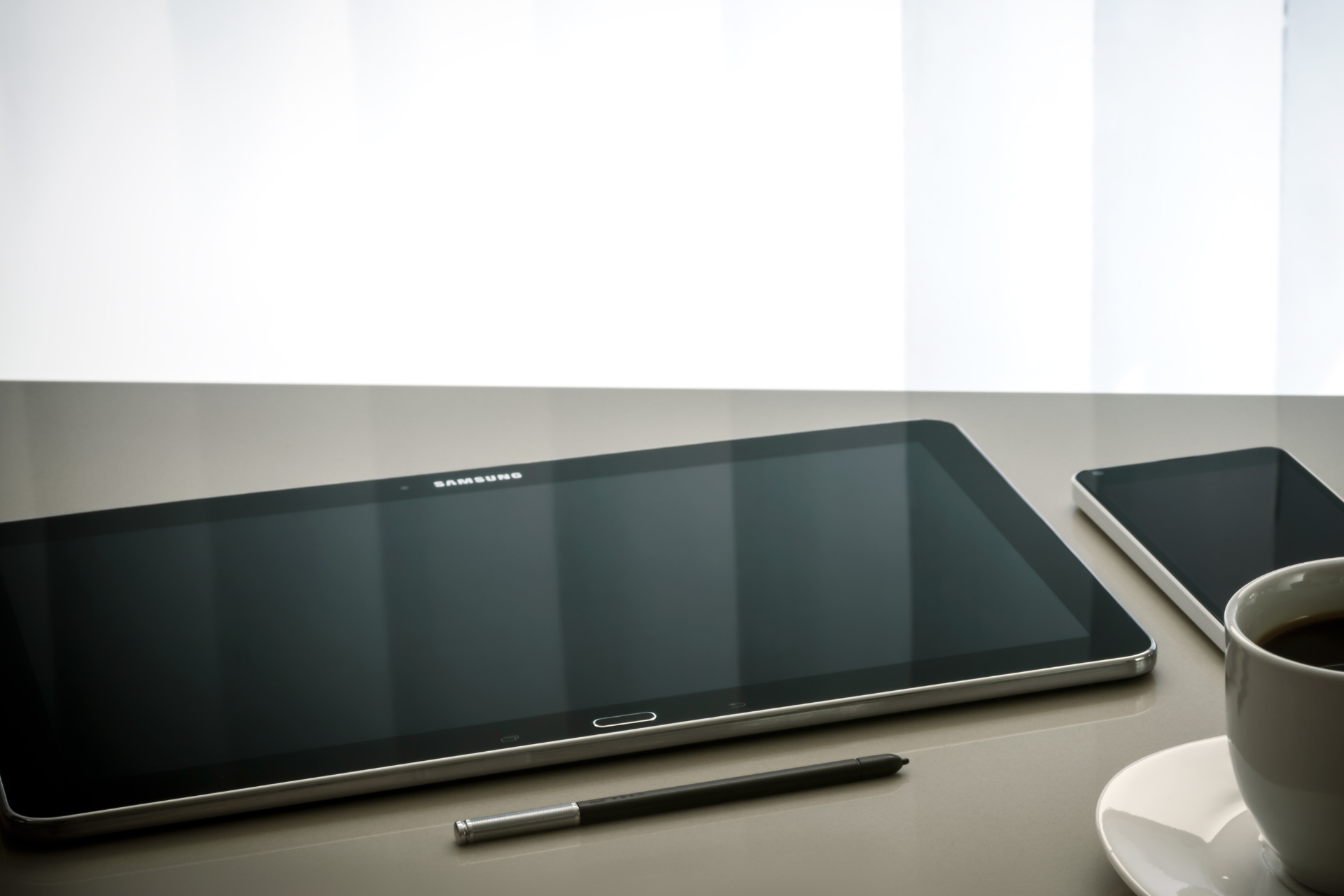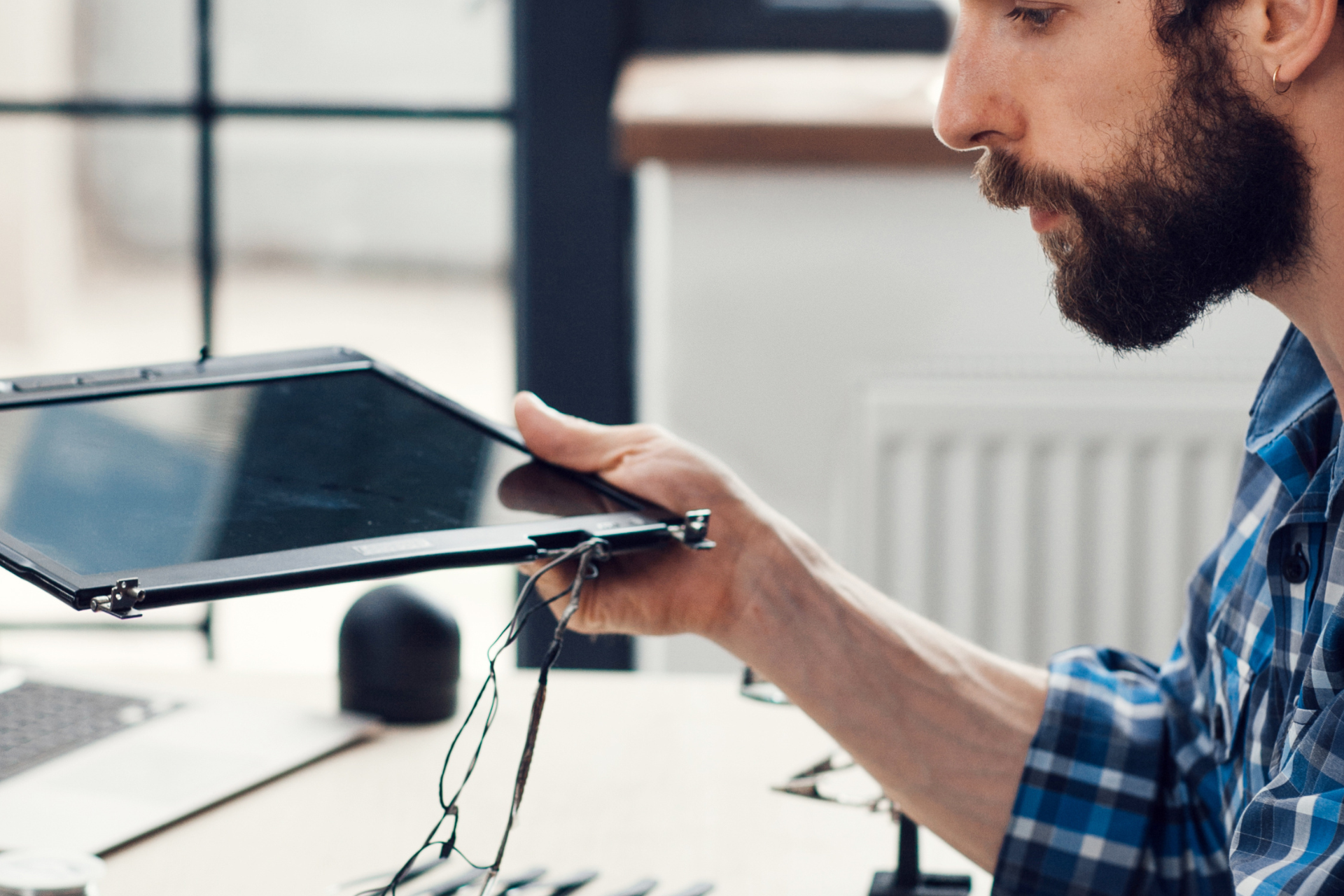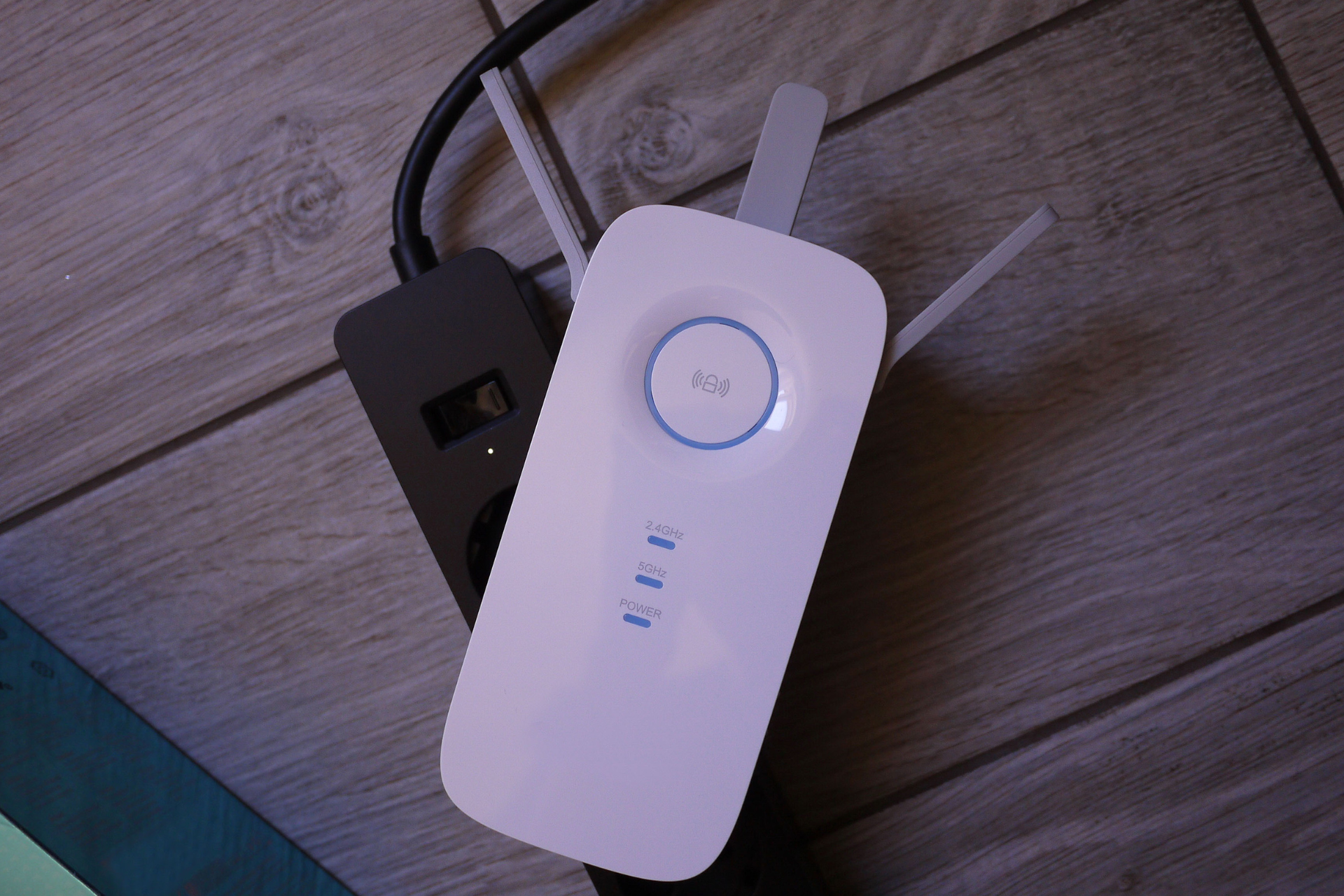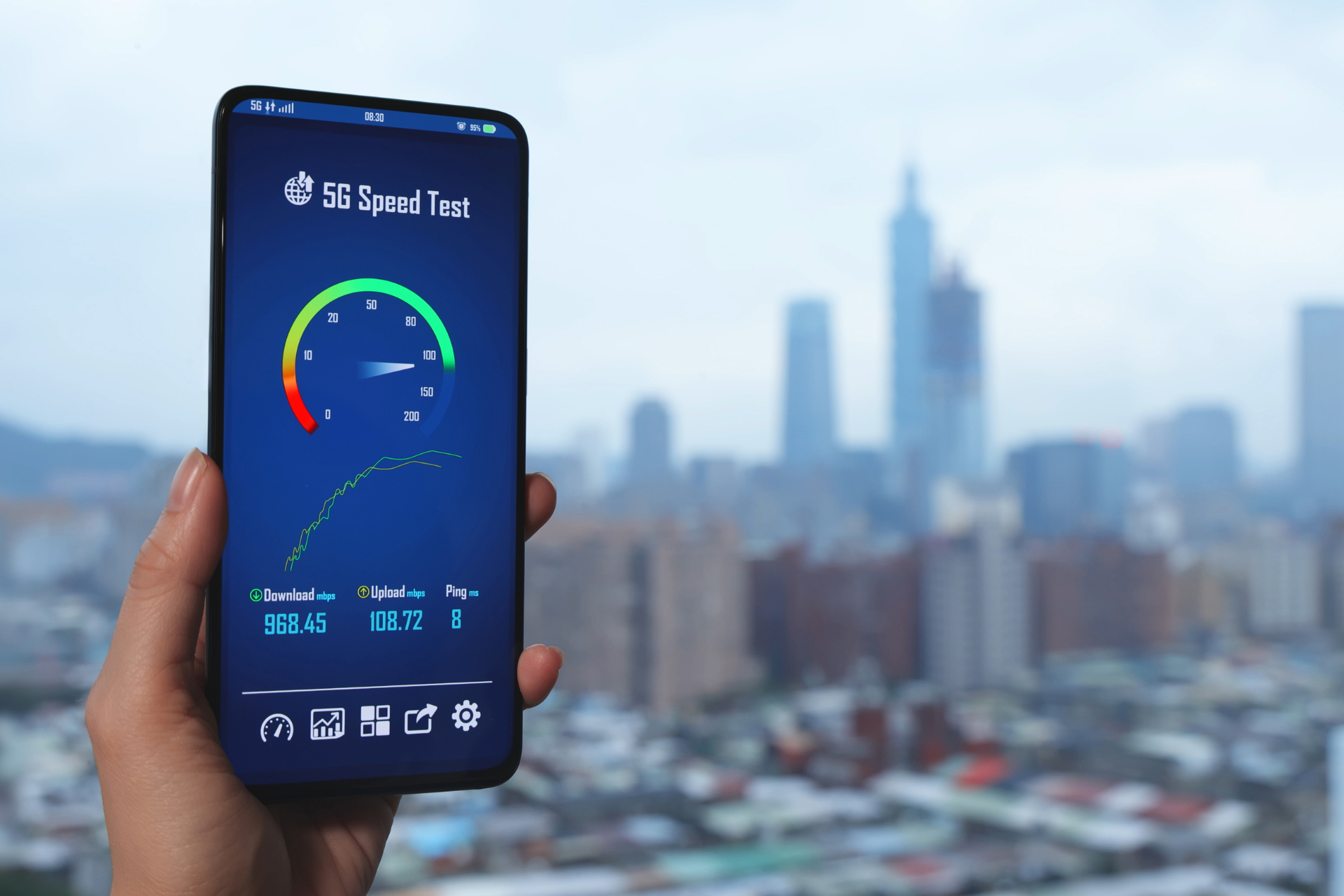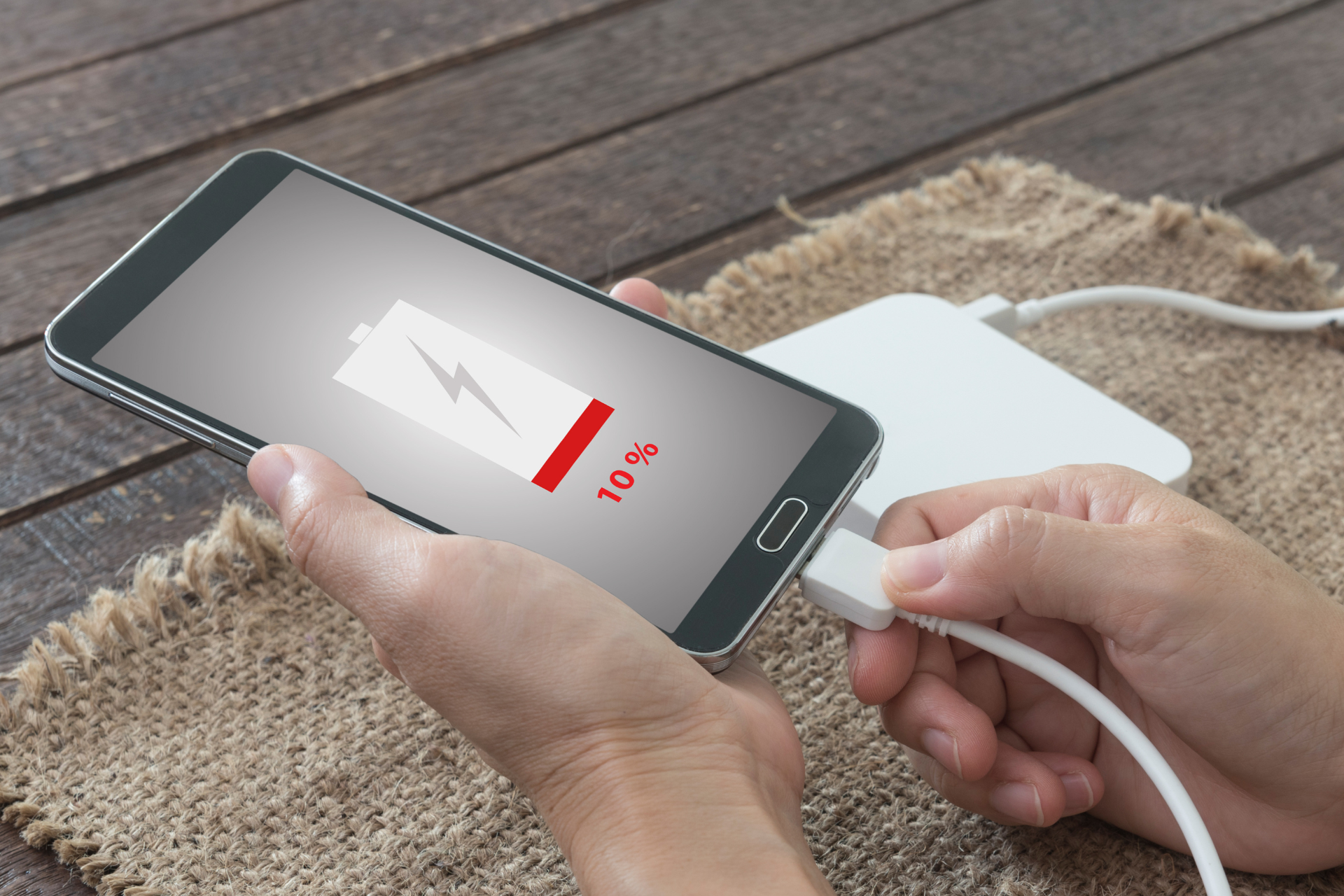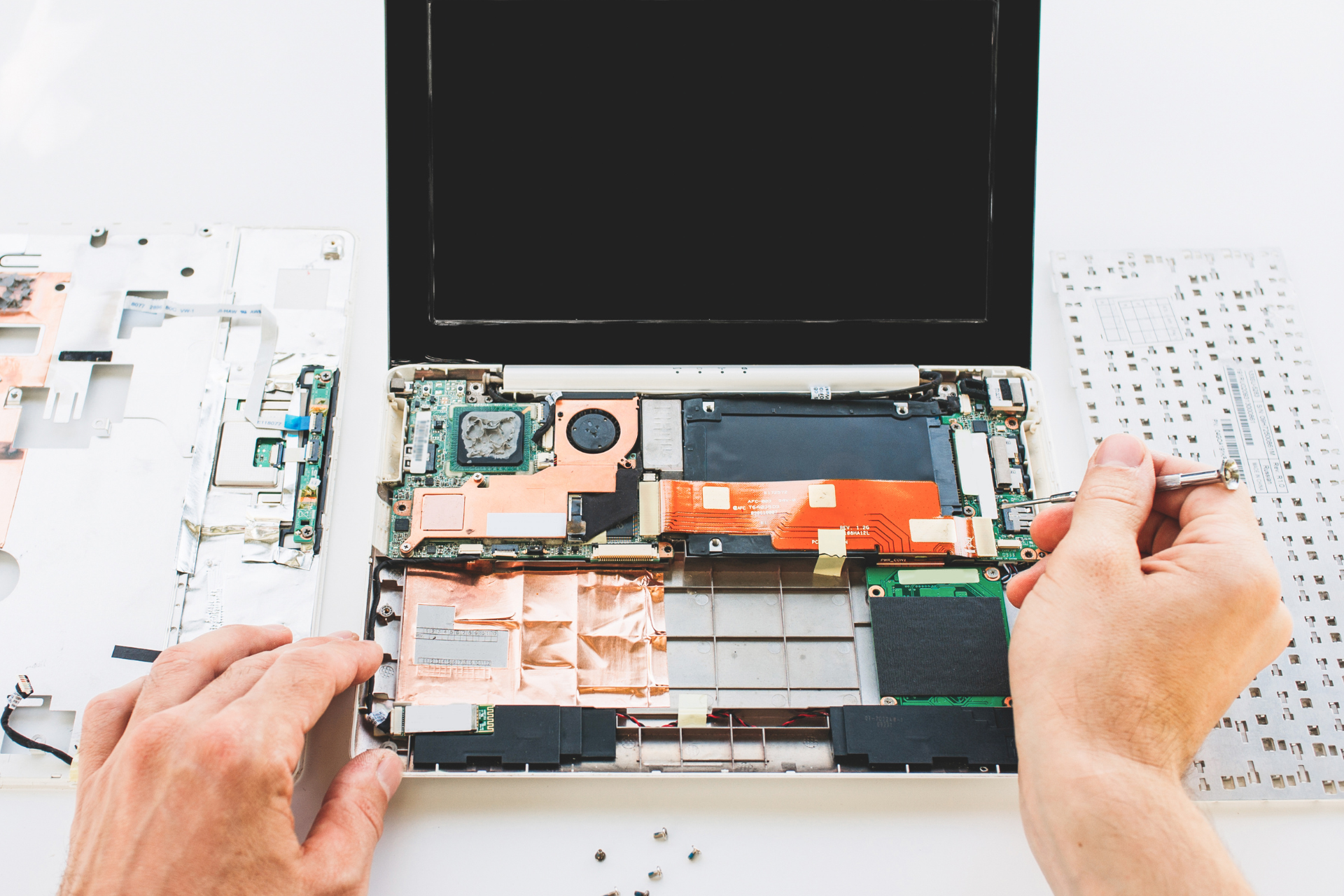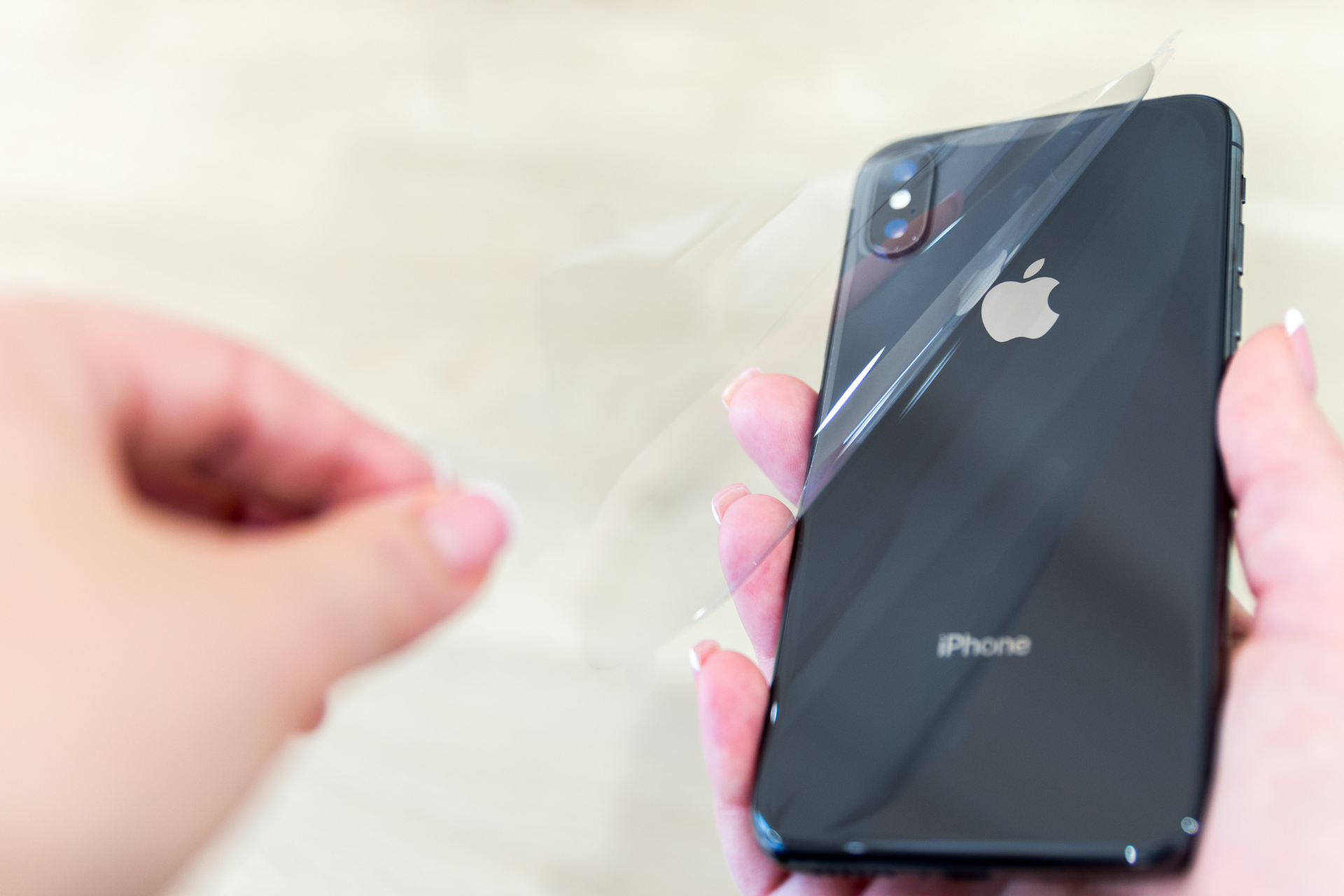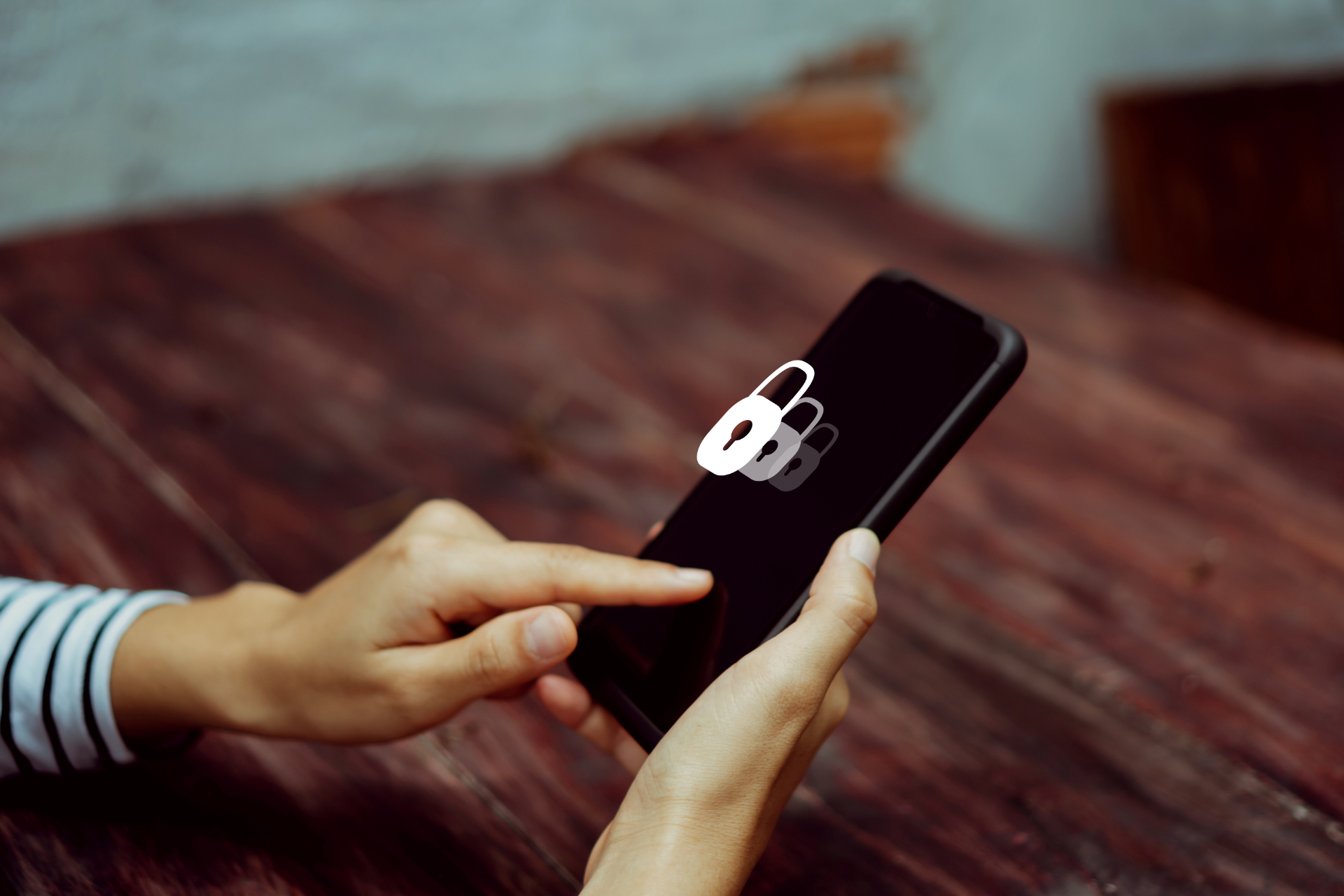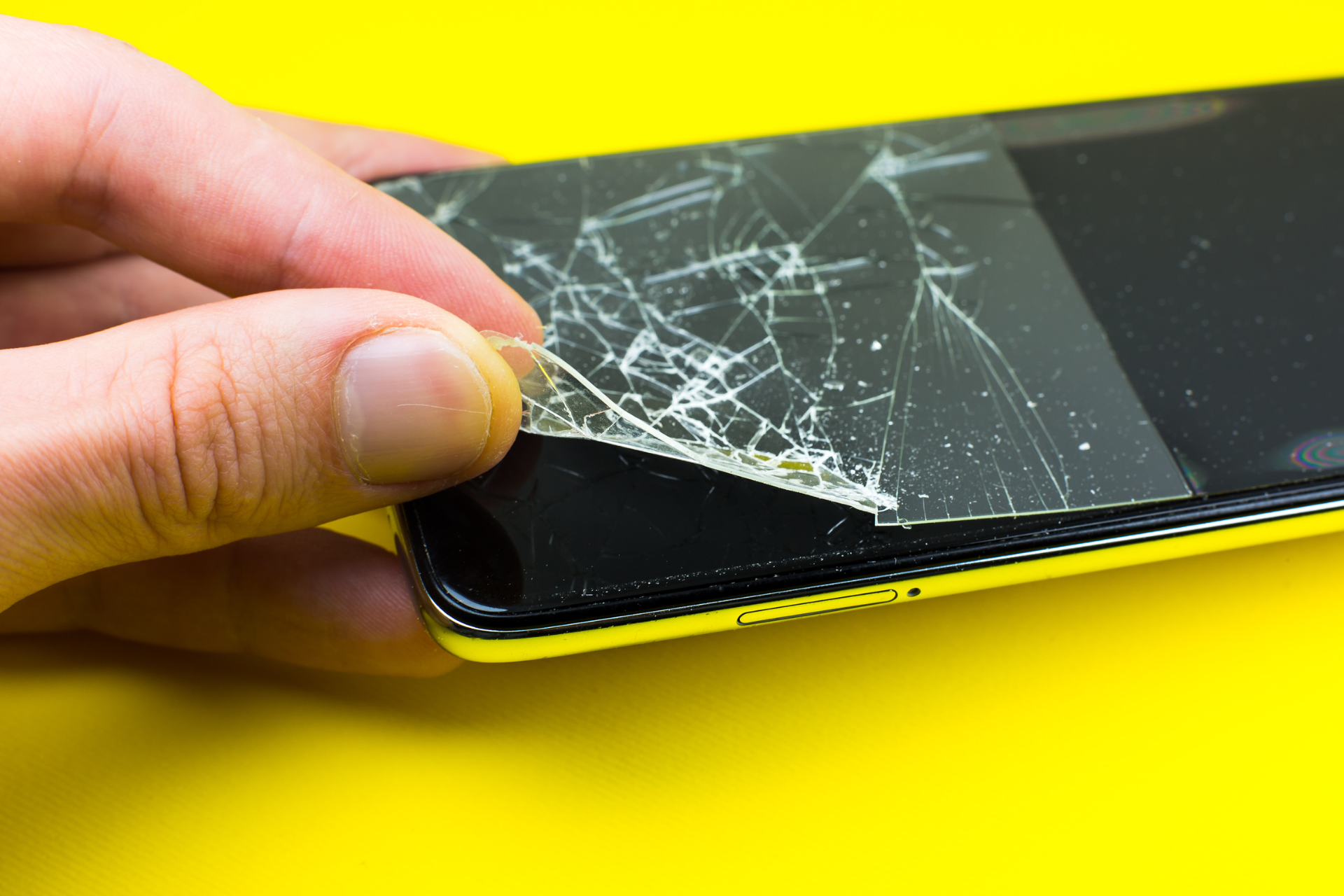The Truth About Water-Resistant Phones: What They Can (and Can't) Withstand.

Hey there, mobile enthusiasts! Today, we're diving into a hot topic - water-resistant phones. Ever dropped your precious smartphone in a puddle or accidentally spilled a drink on it? If you've ever experienced that heart-stopping moment, you know the importance of having a phone that can withstand a bit of moisture. But let's clear up some confusion. Just because a phone is labeled as water-resistant doesn't mean it's completely invincible to liquids. Let's uncover the truth about what water-resistant phones can and can't withstand.
Here at Nicell Wireless, we're all about keeping your devices in top shape. As a leading cell phone repair company in Salt Lake City, we've seen our fair share of water-damaged phones. So, let's break it down for you.
What Does Water-Resistant Really Mean?
First things first, not all water-resistant phones are created equal. When a phone boasts water resistance, it means that it has some level of protection against water exposure. This can vary depending on the device, with some offering better protection than others. Typically, water-resistant phones are rated using the IP (Ingress Protection) scale, which classifies their resistance to dust and water.
Understanding the IP Ratings
You may have seen IP ratings like IP67 or IP68 thrown around when shopping for a new phone. But what do these numbers actually mean? Let's decode it:
- IP67
The first number (6) indicates the phone's protection against dust. The second number (7) signifies its resistance to water. A phone with an IP67 rating can survive being submerged in water up to 1 meter for 30 minutes.
- IP68
This rating is slightly higher, with the device being able to withstand water up to 1.5 meters deep for 30 minutes.
What Water-Resistant Phones Can Handle
Having a water-resistant phone does offer some peace of mind, especially for those prone to accidents. These phones can handle minor splashes, rain, and even brief submersion in water without immediately frying their circuitry. So, feel a bit safer using your phone in the rain or near a pool - just don't go scuba diving with it!
What Water-Resistant Phones Can't Handle
Now, here's the reality check. While water-resistant phones provide a level of protection, they aren't waterproof. Extended exposure to water, especially in deep or pressurized environments, can still damage them. Additionally, water-resistance can diminish over time due to wear and tear on the device's seals and components. So, it's important to continue handling your device with care, even if it touts water resistance.
Tips to Protect Your Water-Resistant Phone
To make the most of your water-resistant phone's capabilities, here are some tips to keep it safe:
1. Avoid prolonged water exposure
While your phone can handle a few splashes, don't push its limits by keeping it submerged for extended periods.
2. Keep ports and seals clean
Dust and debris can compromise your phone's water resistance, so make sure to keep them clean and free of obstructions.
3. Use protective cases
Investing in a quality case can provide additional protection for your device, especially in wet environments.
In conclusion, water-resistant phones are a great feature to have, but they're not indestructible. At Nicell Wireless, we've got your back when accidents happen. Whether your phone takes an unexpected swim or needs a screen replacement, our expert technicians are here to help.
Remember to treat your water-resistant phone with care, and it will serve you well, rain or shine! Stay tuned for more tech tips and insights right here on our blog. Until next time, keep those devices dry and happy scrolling!
